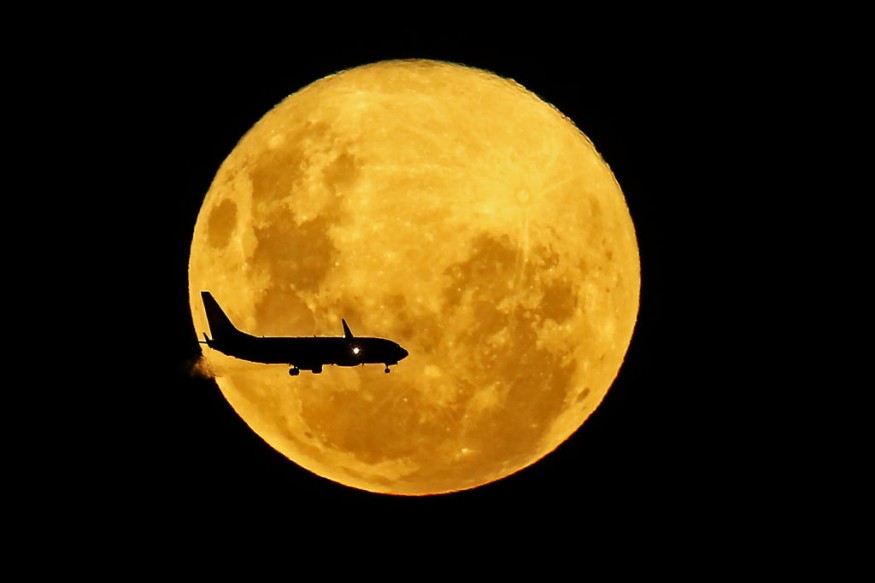The Moon formed only in a matter of hours following the collision between Earth and Theia, a space object the size of Mars, according to a new simulation put forth by a novel study.
Most theories in the past claim our Moon formed from the debris of this heavenly collision, floating in orbit for over months or years. The simulation's new theory suggests Moon formation occurred faster than we have previously thought.
Being Earth's closest neighbor, the lunar object has long been known for making our planet habitable by causing tides and moderating the Blue Planet's wobble on its axis. The Moon also provides as light during the night sky by absorbing rays from the Sun and reflecting it to us. In light of the new research, the formation of the Moon could also reveal its pivotal role during the early phases of ancient Earth.
Giant-Impact Hypothesis

Following the formation of Earth billions of years ago, our planet was hit by a hypothesized ancient planet called Theia during the early moments of our Solar System. Based on the so-called giant-impact hypothesis, Theia collided with early Earth approximately 4.5 billion years ago, wherein the debris from this impact gathered to form the Moon.
Now, a high-resolution simulation published in the journal The Astrophysical Journal Letters on Tuesday, October 4, opens up the possibility that the Moon formed immediately when the debris was directly launched into orbit following the impact.
The new paper's authors state that the said planetary collision-moon formation hypothesis struggles to explain the similar isotopic compositions of Earth and lunar rocks. Other aspects like potential impact scenarios are widely debated.
Single-Stage Formation Theory
In the simulations, the research team led by the National Aeronautics and Space Administration (NASA) and its Ames Research Center found that such giant impacts can immediate place a satellite, with similar mass and iron content to the Moon, into orbit far outside Earth's Roche limit.
The discovery opens up a whole new range of potential origins for the Moon's evolution. The team went into this project with uncertainty of now knowing the specific outcomes that lies ahead in line with the high-resolution simulation, according to Jacob Kegerreis, a postdoctoral researcher at the Ames Research Center in Silicon Valley, California, as cited by Science Daily.
The results yield of a faster Moon formation led to the single-stage formation theory, which reportedly offers a straightforward explanation for the barriers surrounding the mysterious emergence of the Moon. This means that scientists could postulate the Moon's interior is not fully molten, which is the case of Earth.
Regardless of the theory, astronomers and the scientific community have determined that the Moon has received numerous blows due to its evident craters from both space rocks, including asteroids, as well as human-made objects.
In June 2022, scientists, through a NASA spacecraft, have identified two new craters on the far side of the moon and found a crash site of a forgotten rocket stage lunar surface back in March, according to The New York Times.
© 2025 NatureWorldNews.com All rights reserved. Do not reproduce without permission.





